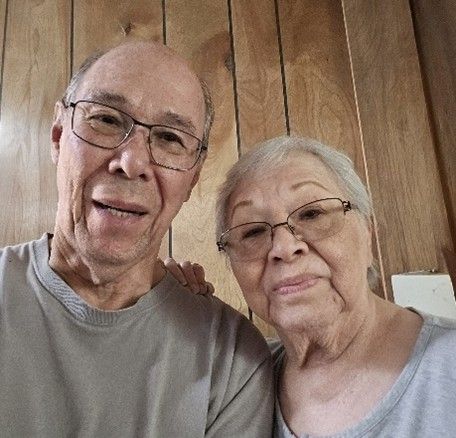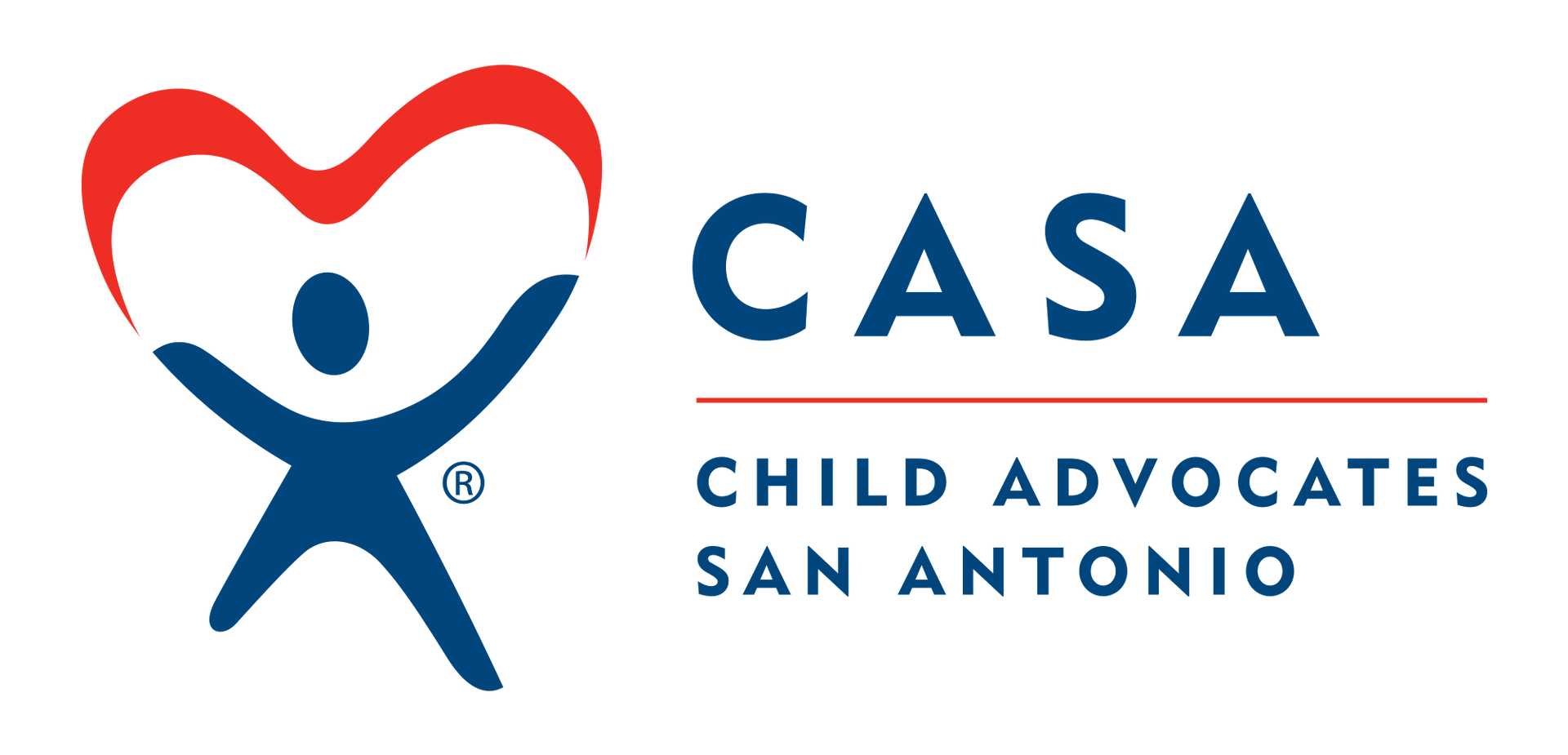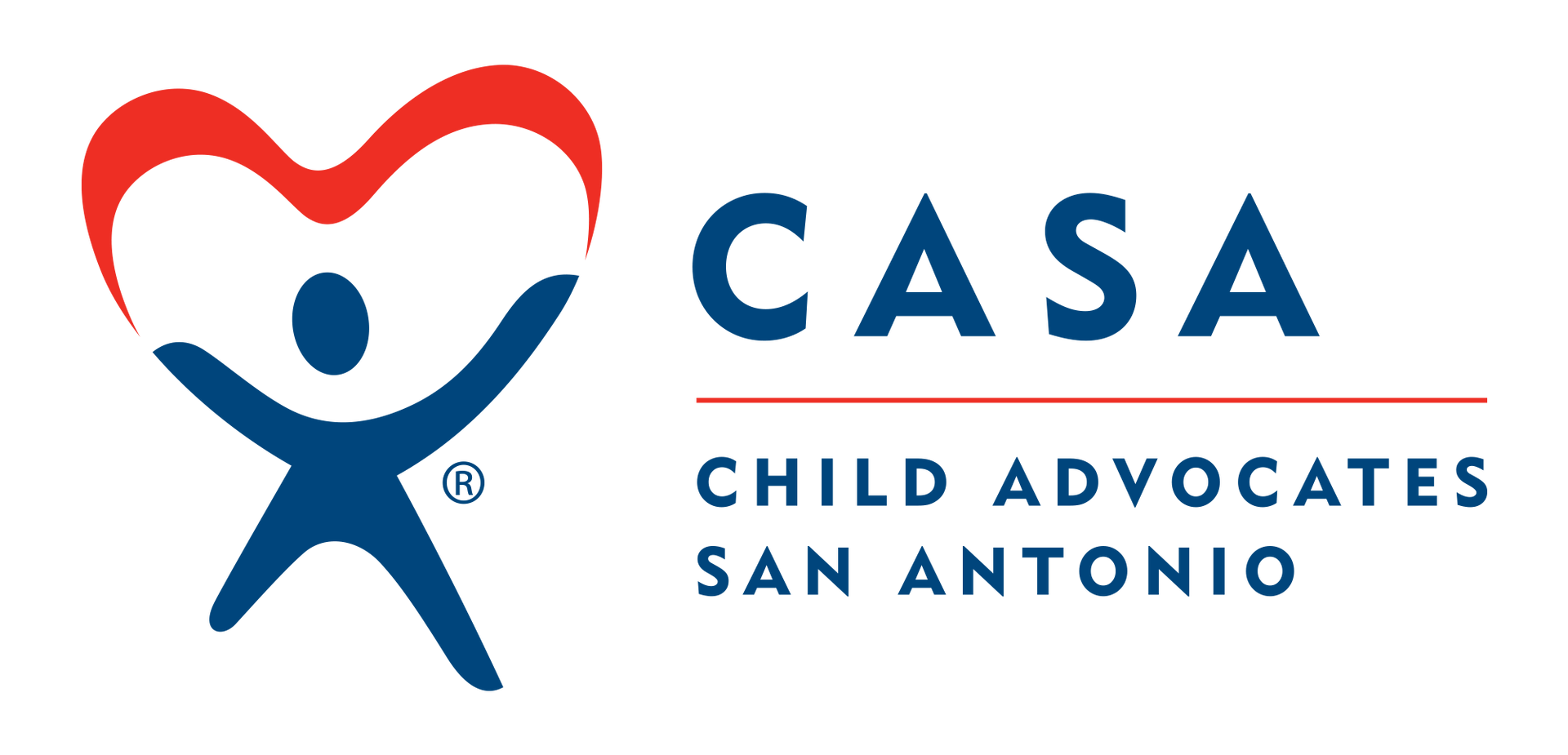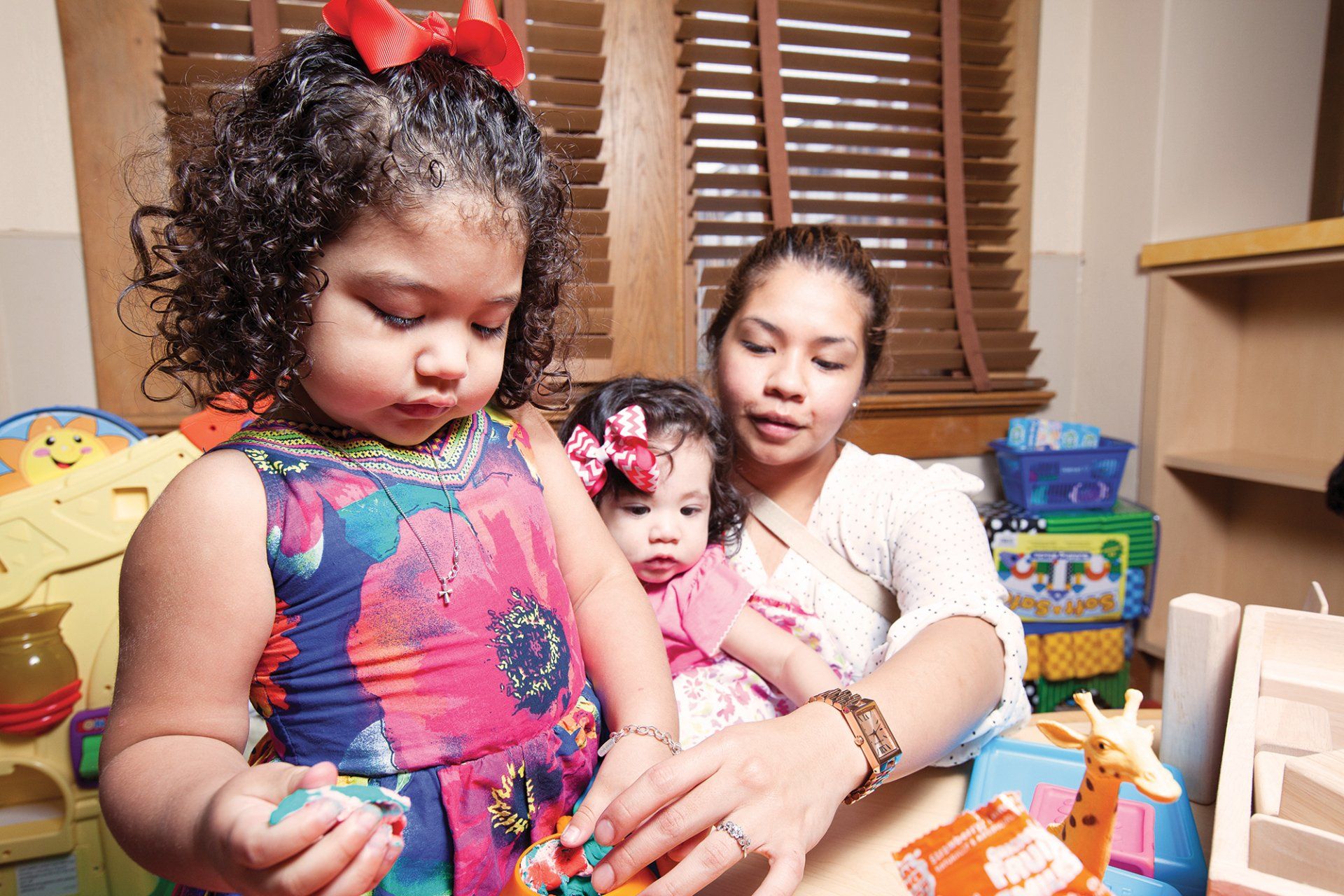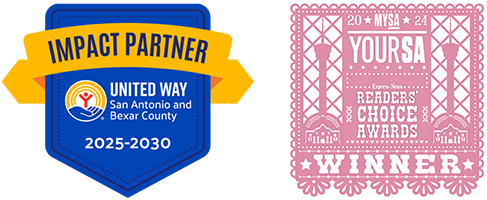Story of Hope: Miranda Robles
Story of Hope: Miranda Robles
For her first case as a new CASA advocate, Miranda Robles chose to advocate for Jessie and Jeremy after she learned about the severe neglect, medical neglect, and abandonment they both suffered. Throughout the case, Miranda advocated diligently for 3-year-old Jessie and 1-year-old Jeremy focusing on their medical, psychological, and educational needs. Both kids were placed in separate homes. Jessie was placed with her biological father and Jeremy was placed with foster parents. When Miranda first saw Jeremy, he was small and still getting over withdrawals from being born drug positive for methamphetamines.
Miranda advocated for Jessie and Jeremy to get therapy and treatment, especially Jeremy considering his development. Miranda visited Jessie and Jeremy in person once every month in each of their placements, one of them being almost an hour away. During her visits, Miranda made sure to get updates from the children’s placements, daycares, and the caseworker. Miranda saw Jessie was not speaking as much compared to an average 3-year-old, but throughout the visits, Miranda started to see Jessie speak more and retain information such as the colors and counting with her biological father. Jessie’s speech also improved more when she started going to daycare and was speaking more with her teachers and interacting with other kids.
For Jeremy, Miranda knew he needed a lot of services and made sure his placement was on top of getting those services put in place. As each month passed, Miranda saw Jeremy grow bigger and healthier. When Miranda called his daycare, they said he was learning quickly. Jeremy was able to grab items with his hands, pick them up with his fingers, and started crawling as well. Each month, Jeremy showed progress in his therapy, physically, emotionally, and developmentally. Miranda saw the foster parents genuinely cared for Jeremy and made sure he had all the supplies he needed. Throughout the case Miranda became more and more confident that both kids were healthy and safe in their placements.
Jessie showed love for her father and her sister who stayed with them. Jessie did also show a connection with her biological mother despite her mother’s negation to get clean. Jessie’s father would not do anything to put her in harm’s way, even if that meant keeping her from her mother. As for Jeremy, the foster parents loved him and would do anything to protect him. Miranda saw they were open to letting his biological parents write him a letter and present it to him when he is older. The foster parents were also open to having sibling visits once both children are a little older. Miranda made sure throughout her case the children were safe and taken care of in the homes they were currently in.
This was Miranda’s first case that resulted in both reunification and adoption, she did an amazing job making sure they found their forever homes.
